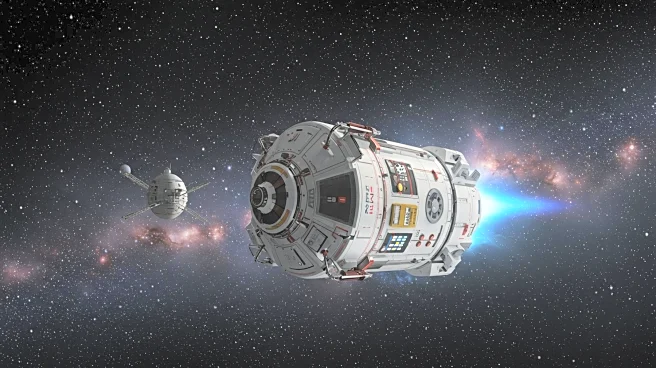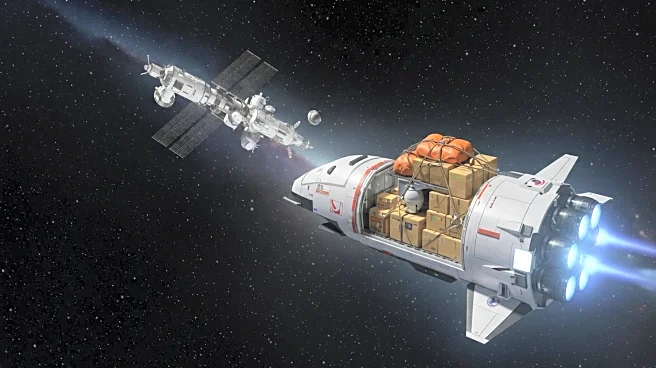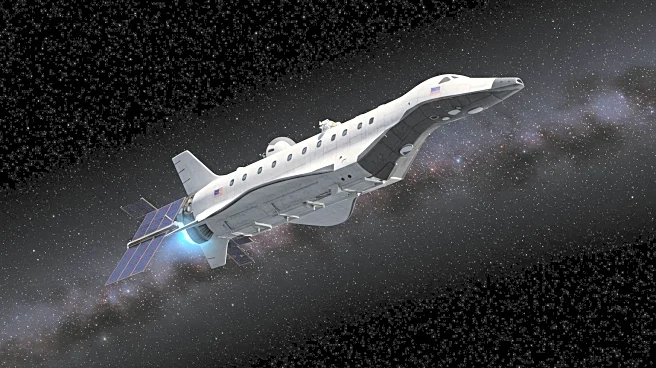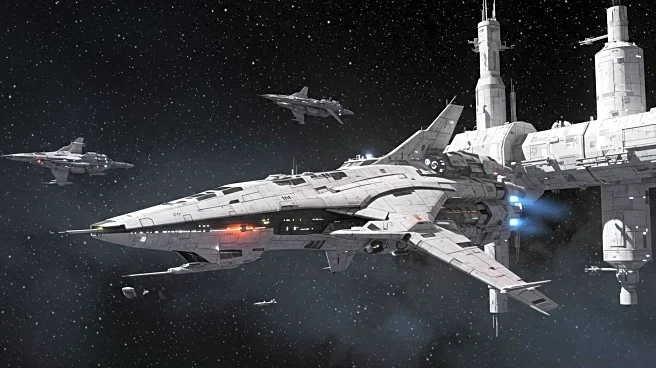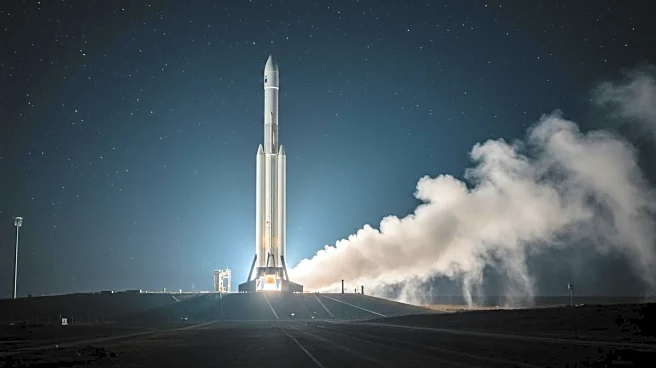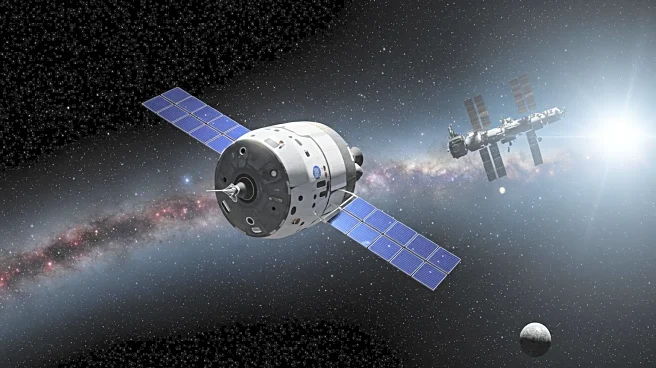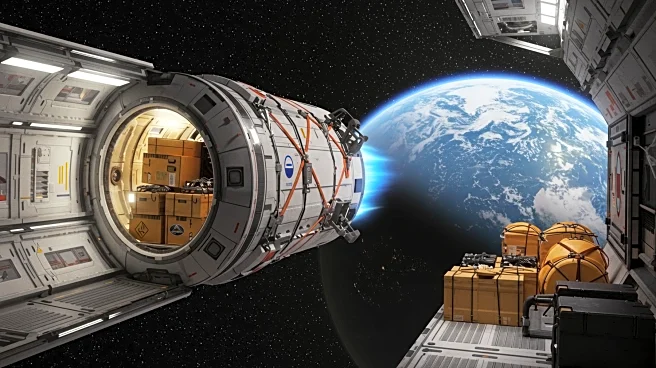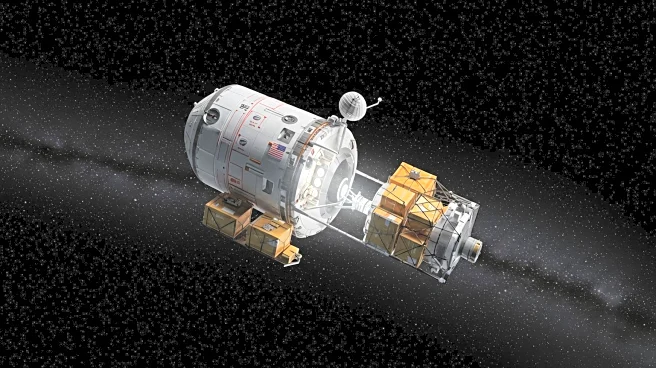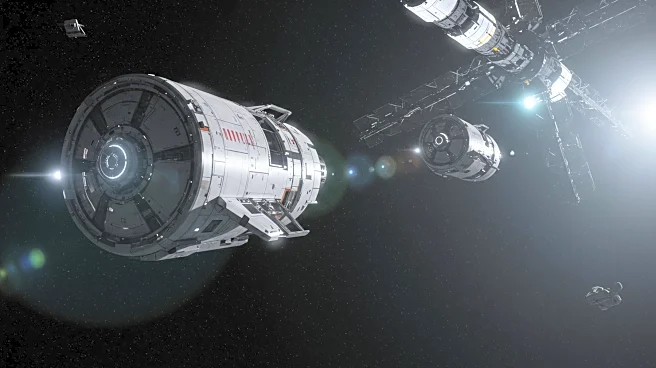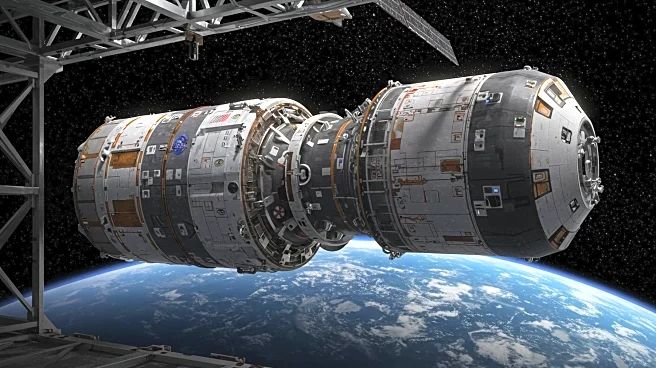What's Happening?
NASA's SpaceX 33rd commercial resupply mission successfully launched from Cape Canaveral Space Force Station in Florida, delivering over 5,000 pounds of supplies and scientific experiments to the International Space Station (ISS). The mission, utilizing a SpaceX Dragon spacecraft and Falcon 9 rocket, aims to support ongoing research and technological advancements in space. Key experiments include testing 3D printing of metal parts and bioprinting tissue in microgravity, which are crucial for future lunar and Mars missions. The spacecraft is scheduled to dock with the ISS on August 25, 2025, and will remain there until December, when it will return to Earth with research and cargo.
Why It's Important?
This mission is significant as it supports NASA's broader goals of advancing space exploration and technology. The experiments conducted aboard the ISS have the potential to revolutionize medical and manufacturing processes both in space and on Earth. For instance, the ability to 3D print medical implants and study bone loss prevention could lead to breakthroughs in healthcare. Additionally, the mission's success is a step forward in NASA's Artemis campaign, which aims to return humans to the Moon and eventually send astronauts to Mars. The collaboration with SpaceX also highlights the growing role of commercial partnerships in space exploration.
What's Next?
Following the docking of the Dragon spacecraft, the ISS crew will begin conducting the scientific experiments delivered. The mission will also include a reboost demonstration to maintain the ISS's altitude, using a new propellant system. This is part of ongoing efforts to ensure the station's operational stability. The results of the experiments will be analyzed to inform future missions, particularly those related to the Artemis program. The Dragon spacecraft is expected to return to Earth in December, carrying completed research and additional cargo.
